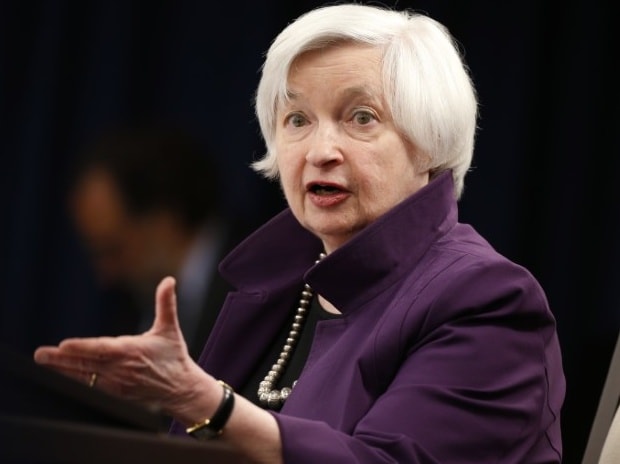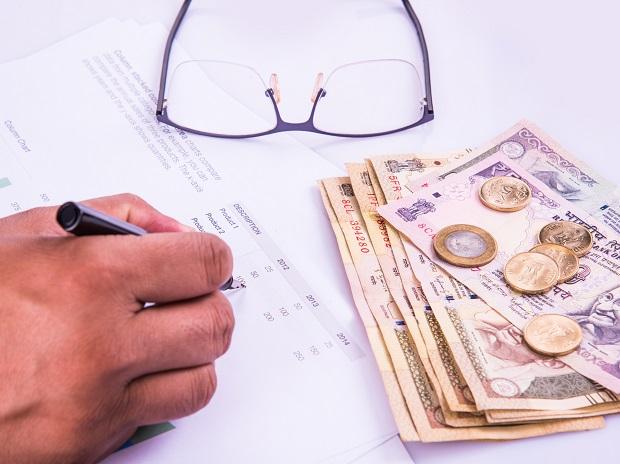With Binance pulling out of the deal to buy FTX, the crypto market on Thursday saw a major sell-off. The total cryptocurrency market cap was below $850 billion. Bitcoin was down over 18 per cent in the last seven days, and Ethereum was down nearly 25 per cent. FTT, FTX’s token, was down nearly 90 per cent in the same period. Exchanges and experts are now batting to start proof of reserve for full transparency.
“Exchanges should follow a ‘proof of reserve’ approach. After the recent debacle of FTX, the whole world of Crypto Exchanges (CEXs) will be implementing the proof of reserves,” Punit Agarwal, founder and CEO of crypto tax platform KoinX, said.
“Proper transparency or proof of reserve for retail funds is essential to prevent such downfalls and protect retail from catastrophe,” Anurag Dixit, Founder of crypto asset management firm Kunji, said.
“This is nothing but a procedure where a competent 3rd party seeks to assure, audit, and attest that a CEX, which is also the custodian of the user’s funds, holds sufficient reserves to pay back the funds at any time when demanded by that user,” he added.
Binance CEO Changpeng Zhao also recently announced that the largest crypto exchange in the world will start Merkle-tree proof of reserve. He also asked other exchanges to follow suit.
“All crypto exchanges should do Merkle-tree proof-of-reserves. Banks run on fractional reserves. Crypto exchanges should not. @Binance will start to do proof-of-reserves soon. Full transparency”, he tweeted.
“Even in case of any escalation, exchanges should be able to liquidate and have large reserves to back up their tokens,” Edul Patel, CEO and co-founder of crypto investing platform Mudrex, said.
What is Merkle-tree proof of reserve?
“The independent auditor takes an anonymized snapshot of all balances held and aggregates them into a Merkle tree, a privacy-friendly data structure that encapsulates all client balances,” Agarwal said.
“From there, the auditor obtains a Merkle root, a cryptographic fingerprint that uniquely identifies the combination of these balances when the snapshot was created”.
He further explained that the auditor then collects digital signatures produced by the CEX, which prove ownership over the on-chain addresses with publicly verifiable balances. Lastly, the auditor compares and verifies that these balances exceed or match the client balances represented in the Merkle tree and, therefore, that the client assets are held on a full-reserve basis.
Regulations soon?
“A common theme across the bankruptcies in crypto this year is the careless attitude towards retail funds and uncontrolled leverage available in the space. With regulations progressing, they will surely be much more fierce post this episode,” Dixit said.
The Indian government introduced a tax on the sale of cryptocurrency in the Union Budget 2022, but no regulations have been announced for the investors yet.
“We can expect regulations around exchange licenses, that can include checkmarks for proof of reserves, minimum reserve percentages, etc., and a committee to monitor and control it. Similar to how SEBI does it for the Indian Stock Market,” Agarwal added.
Along with this, the experts also suggested periodic audits of the funds of the exchanges.
“With this uncertainty and looming macroeconomic conditions across the globe, the market would need a few months to recover and bounce back. Until then, it is likely to remain range-bound and bearish,” Patel said.
Note:- (Not all news on the site expresses the point of view of the site, but we transmit this news automatically and translate it through programmatic technology on the site and not from a human editor. The content is auto-generated from a syndicated feed.))




Ahora que muchas personas usan teléfonos inteligentes, podemos considerar el posicionamiento de teléfonos móviles a través de redes inalámbricas o estaciones base.
Siempre que haya una red, puede grabar en tiempo real de forma remota, sin instalación de hardware especial. https://www.mycellspy.com/es/tutorials/how-remotely-monitor-and-record-another-phone-surround-sound/